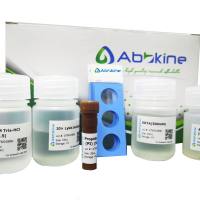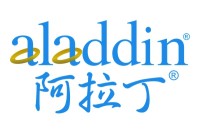Denaturing high-performance liquid chromatography (DHPLC) is a chromatographic mutation analysis technique that is based on temperature-dependent separation of DNA containing mismatched base pairs from polymerase chain reaction (PCR)-amplified DNA fragments. The WAVE system, developed for DHPLC analysis, allows for unattended analysis of 96 samples directly from a PCR plate under a number of different conditions. It utilizes a Peltier cooling platform to maintain sample integrity. Sample detection is achieved via UV absorbance at 260 nm, thereby avoiding the cost, safety, variability, or waste disposal issues associated with radioisotopic, enzyme-linked, or fluorescence detection systems. There are four key aspects to successfully detecting mutations on the WAVE: (1) PCR primer design, (2) PCR protocol, (3) separation gradient, and (4) separation temperature. Provided these procedures are carried out correctly, almost 100% detection of single-nucleotide polymorphisms (SNPs) and small deletion/insertion mutations can be achieved. For this reason, DHPLC is a powerful tool for identifying mutations in candidate genes for hypertension. Key Words: DHPLC; WAVE; hypertension; mutation detection; ALAP gene; HUT2 gene; chromatography; heteroduplex analysis.






